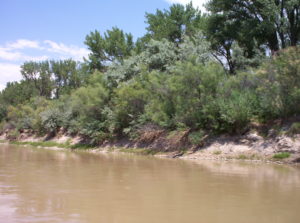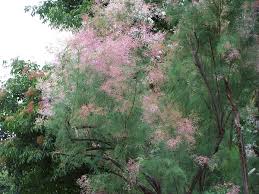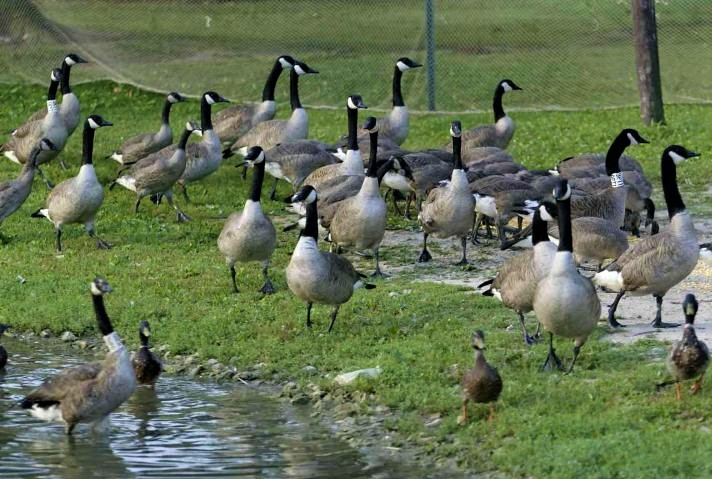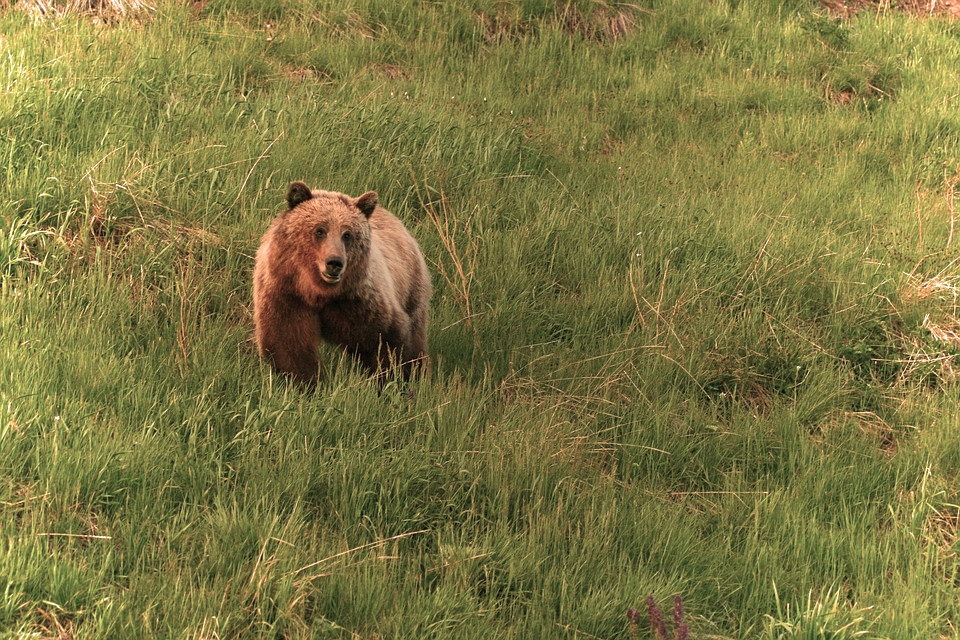Tamarisk is among nature’s thirstiest plants, lowering water tables and drying up springs, wetlands and riparian areas. One tree can drink more than 200 gallons of water per day, and they often grow in stands of over 3,000 trees per acre. Tamarisk now covers nearly two million acres of river banks.
Where Did the Water Go?
Colorado River managers have struggled most of my life to administer interstate agreements in the face of dwindling flows. It was a perennial issue long before anyone heard of global warming, yet we’re now told that is why the river has less water than it used to.
Two career U.S. Geological Survey bureaucrats have published a paper claiming the Colorado River has 20 percent less water than a century ago, and climate change is the cause. The press is eating it up, but the conclusion is patently absurd.
The paper, incidentally, was privately printed, in an academic journal you must subscribe to if you want to read it. So, the conclusion is not official policy just because the writers are on the public dole. Still, this represents an evolution in thinking by Colorado River watchers. For years water project opponents claimed there just wasn’t any more water, which they blamed on bad engineering. We were repeatedly told, by no less an authority than the Colorado River District itself, that the engineers who wrote the Interstate agreements in 1922 and 1948 were wrong about the River averaging 15 million acre feet annually, because they only had information from a few unusually wet years. In fact, they were the best engineers in the world, and they had decades of information. They knew exactly how much water was there.
Unquestionably, there is less water in the river now, but why?
I am no “climate denier.” The Earth warmed by roughly 1.6 degrees in the last century and a half. But to attribute a 20 percent drop in the West’s largest river to a temperature change that small strains credulity. In fact, the report’s authors write that for each 1.8 degrees of warming (more than has occurred), the river’s flow has decreased by almost 10 percent. So even if we were to buy their assumption that those two events are related, where did the other 10 percent go?
There are two very simple explanations, both manmade.
First, “evapotranspiration” has robbed the river of vast quantities of water, because public land managers have allowed forests to grow unnaturally clogged with far too many trees – the same bad management that caused 100 million acres of catastrophic fires in the last 20 years. Water evaporates from the trees before ever reaching the ground, much less the river. The Bureau of Reclamation has estimated that the Colorado River loses almost four million acre feet per year to evapotranspiration – more than the entire “missing” flow.
 Second, the invasive non-native plant known as tamarisk has spread across virtually every river system in half the United States, consuming unfathomable amounts of water. Despite years of effort, it remains one of the most difficult of all non-native species to control, perhaps the nation’s most insidious water problem.
Second, the invasive non-native plant known as tamarisk has spread across virtually every river system in half the United States, consuming unfathomable amounts of water. Despite years of effort, it remains one of the most difficult of all non-native species to control, perhaps the nation’s most insidious water problem.
Tamarisk is among nature’s thirstiest plants, lowering water tables and drying up springs, wetlands and riparian areas. One tree can drink more than 200 gallons of water per day, and they often grow in stands of over 3,000 trees per acre. Tamarisk now covers nearly two million acres of river banks.
Simple math shows that eradicating tamarisk from American rivers would constitute the largest water project in history. Do the math. If there are 3,000 tamarisk trees per acre, covering almost 2 million acres of river banks, that is 6 billion tamarisk trees. At 200 gallons per day each, they consume 1.2 trillion gallons of water every day. If replaced by the native cottonwood and willow vegetation (which in their natural density consume less than a fourth of the water), 75 percent of that water could remain in the rivers, nearly a trillion gallons per day.
Congress’s response has been all-too-predictable. Legislation passed in 2003 and 2006 gave over $50 million federal dollars to research universities, and non-profit “demonstration projects.” The tamarisk still thrives, despite all the studies.
The Tamarisk Coalition, now known as RiversEdge West, based in Grand Junction, has raised national awareness of the magnitude of the problem, made great progress in organizing eradication efforts, added to the scientific understanding of the species, and is woefully underfunded. Raising less than $4 million a year, it can restore less than 2,000 acres a year. Still, that’s more than the U.S. Geological Survey restores, with its $1 billion budget and libraries filled with studies.
These authors say that unless greenhouse gas emissions are drastically reduced, the river could shrink another 31 percent by 2050, though their own data obviously does not support that. How much more water would be in the river if we spent as much removing tamarisk as we spend paying for studies and reports?
An edited version of this column appeared in the Grand Junction Daily Sentinel February 28, 2020.
See more from Greg Walcher here
Thank you for reading our latest report, but before you go…
Our loyalty is to the truth and to YOU, our readers!
We respect your reading experience, and have refrained from putting up a paywall and obnoxious advertisements, which means that we get by on small donations from people like you. We’re not asking for much, but any amount that you can give goes a long way to securing a better future for the people who make America great.
[paypal_donation_button]
For as little as $1 you can support Free Range Report, and it takes only a moment.




Tamarisks are no ‘thirstier’ than any other riparian vegetation, native or introduced. The idea that they are began as a propaganda ploy by the Phelps-Dodge [Copper] Corp. in the 1930s. They wanted to expand operations at their Morenci, AZ mine, but did not have rights to the necessary water to support their processes. Since all trees do need water, P-D began studies to demonstrate that tress of all kinds (not merely tamarisk) along the nearby Gila River used some amount of water that could be salvaged for ‘beneficial’ use by removing riverside vegetation, which fell under the broad category of ‘phreatophytes’because the water they used came from shallow, stream-associated aquifers. The methods P-D used were primitive, significantly overestimating water use — but it was in P-D’s interest to make that number as high as possible. P-D ultimately got their water by building a dam for the nearby Salt River Project in exchange for water rights; they abandoned the phreatophyte project, but the ‘fake news’ about thirsty tamarisk persisted. It has been repeatedly debunked, and repeatedly resurrected by people who dislike tamarisk for various reasons, none of which are as compelling as the “water thieves” story. The real reason introduced tamarisks persist is that Reclamation-era dams, diversions and water management in general transformed western rivers from cottonwood/willow habitat to tamarisk habitat. Tamarisks are better adapted to prevailing conditions than the former ‘natives’ are. Why do you suppose the “Tamarisk Coalition” changed its name? At least in part, it was because their focal demon tree was beginning to look more like an effect and less like a cause, and even began to acquire a constituency of its own. The TC needed the cover of a vaguer identity. It is also worth knowing that significant TC/REW funding has come from the Walton Family Foundation. There’s nothing wrong with that, unless you were imagining it to be some kind of grassroots movement. If FRP is indeed interested in getting the complex truth of this matter, the relevant information is readily available.